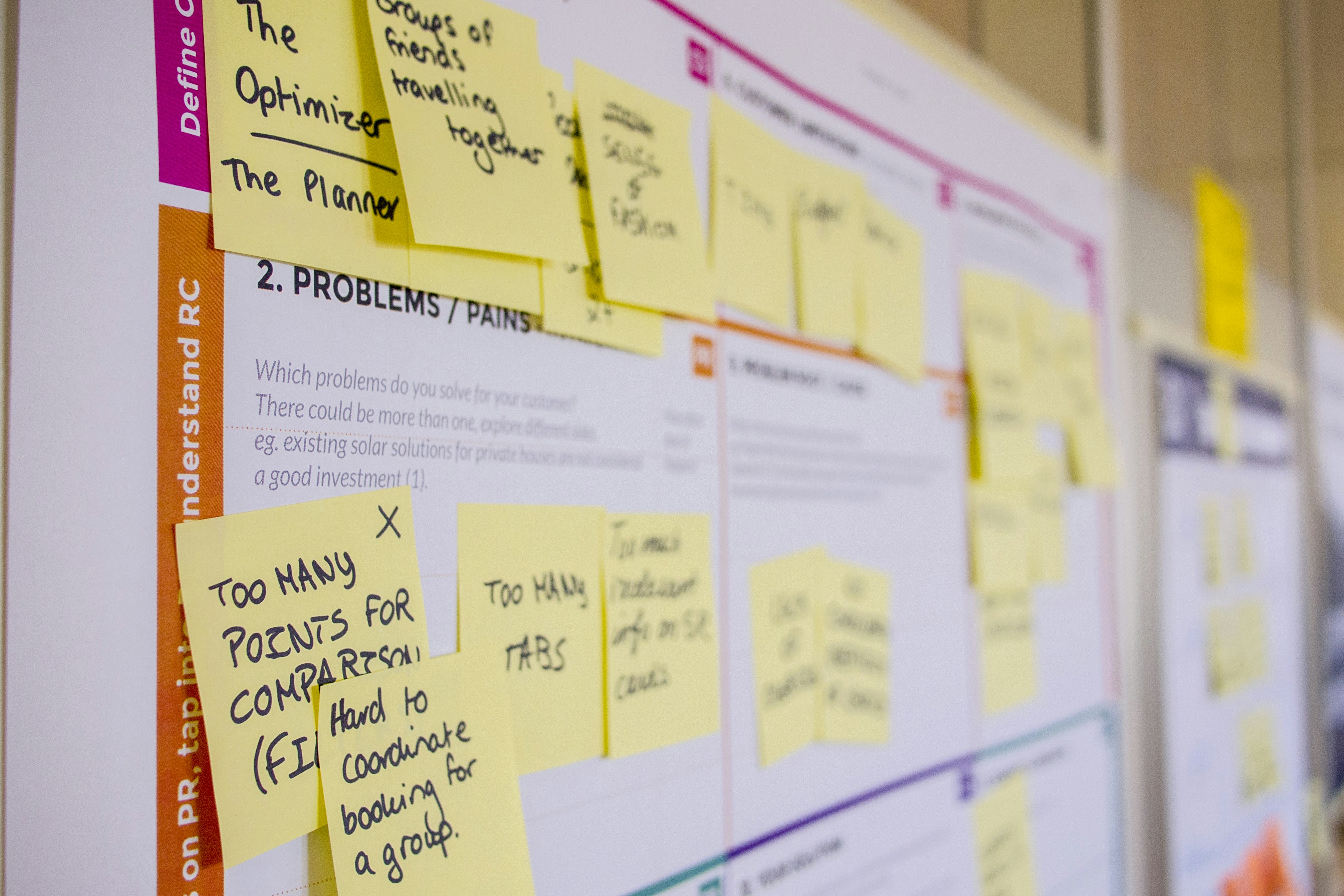Importance of Problem Solving in Design
Problem-solving in design enhances user understanding, fosters creativity, and improves usability, leading to innovative solutions that align with business goals.


Feb 23, 2022
·
5
min read
Understanding User Needs
Problem-solving in design begins with a deep understanding of user needs. Designers must conduct thorough research to identify the real issues that users face. By empathizing with users and gathering insights through surveys, interviews, and observations, designers can pinpoint the exact problems that need addressing. This foundational step ensures that the design solutions are relevant and genuinely helpful.
Enhancing Creativity and Innovation
Problem-solving fosters creativity and innovation. When designers are faced with a challenge, they are pushed to think outside the box and come up with unique solutions. This process often leads to the development of novel ideas and groundbreaking designs. The constraints of a problem can actually stimulate creative thinking, leading to more effective and imaginative outcomes.
Improving Usability and Functionality
Effective problem-solving in design directly impacts the usability and functionality of the final product. By systematically addressing issues and iterating on solutions, designers can refine their work to meet high standards of user experience. This iterative process helps in eliminating flaws, enhancing features, and ensuring that the product or service is intuitive and easy to use.
Achieving Business Goals
Designers who excel in problem-solving contribute significantly to achieving business goals. Well-designed solutions that solve user problems can lead to increased customer satisfaction, loyalty, and engagement. Additionally, efficient problem-solving can streamline processes, reduce costs, and improve the overall efficiency of product development. Ultimately, this alignment between design solutions and business objectives drives success and growth.
Conclusion
Problem-solving is a critical skill in design that enhances understanding of user needs, drives creativity and innovation, improves usability, and aligns design efforts with business goals. By prioritizing problem-solving, designers can create impactful and effective solutions that resonate with users and contribute to the success of their organizations.
